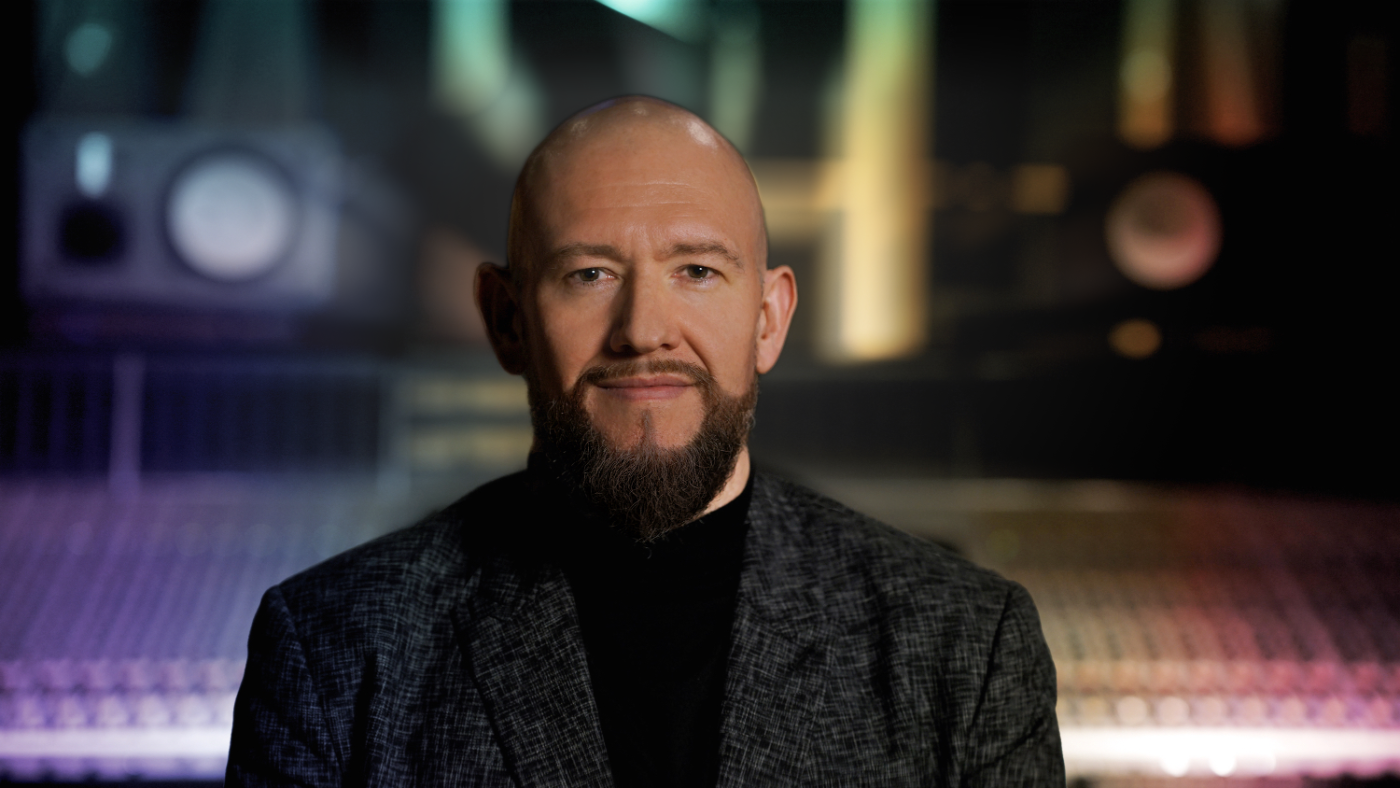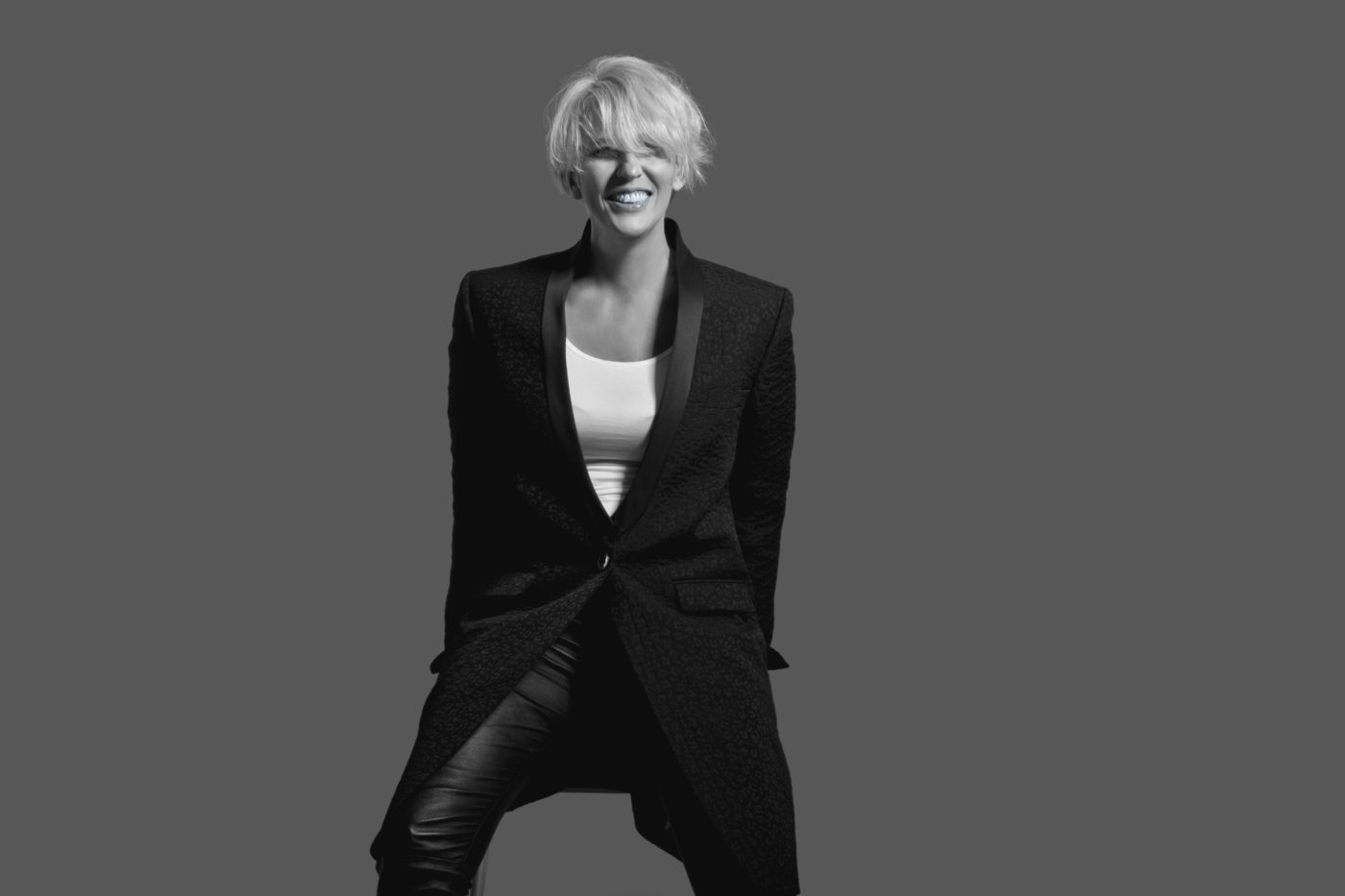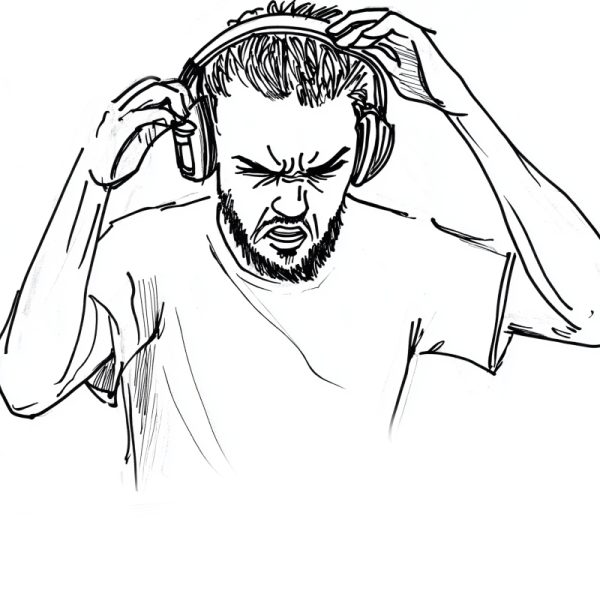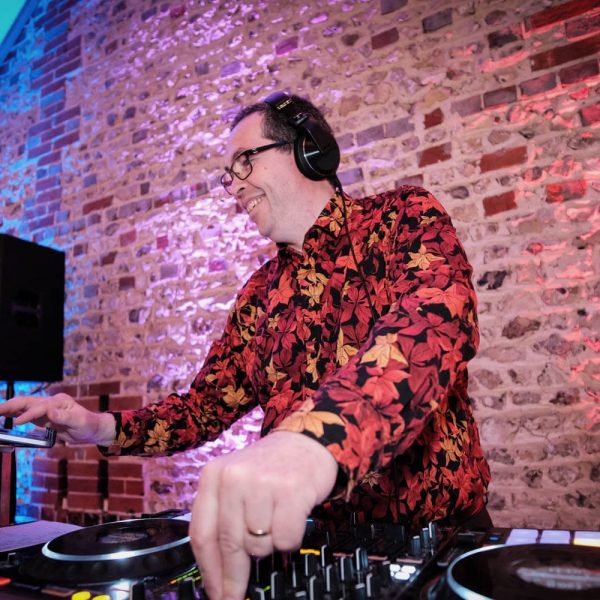Tom Middleton, composer, sensory designer, sleep coach
Performance anxiety, a form of social anxiety, is the fear of inability to perform under pressure, and in this case play music and entertain an audience. At its worst, people experience sudden feelings of intense anxiety and fear or terror, which reach a peak within minutes (panic attacks).
As a DJ or performer, if you’re naturally shy, crowd avoidant or introverted, loud, intense music, large audiences and the prospect of delivering an entertaining performance can all be instant triggers. You might also be suffering from an underlying general anxiety disorder, which leads to confidence issues or negative thoughts.
If we can understand the triggers and what’s happening in the mind and body, we can deploy techniques to reduce the symptoms and overcome these episodes of anxiety and panic. Lack of sleep and having to perform late into the night can also lead to elevating the body to a state of prolonged fight or flight mode, also known as the sympathetic state. (When we’re calm and relaxed it’s called the parasympathetic state, or rest, digest and recover mode.)
Anxiety activates this fight-or-flight response, which triggers the body to release cortisol and adrenaline, which increases heart rate, breathing rate and blood pressure. These in turn can upset the normal homeostatic balance within the mind and body and cause multiple symptoms, including increased heart rate, breathing difficulties, dizziness, trembling, a sense of panic, trouble concentrating and difficulty controlling worry. We can deal with short bursts of these hormones (eustress, or “good stress,” such as exercise), but if prolonged we begin experiencing all the negative side effects of distress.
You need to reduce the physiological symptoms resulting from cognitive distortions and catastrophising. Anxiety stops you from thinking clearly, so using refocusing and relaxation techniques such as grounding, breathing exercises and meditation is the stepping stone to reducing the symptoms and regaining clarity.
The “5-4-3-2-1” grounding technique helps you to refocus your attention to being present in the immediate environment. Take a slow, deep inhale and an even slower exhale.
See: Say five things you can see around you.
Feel: Say four things you can feel— “I feel my feet on the floor,” “I feel my toes wiggling.”
Listen: Say three sounds you can hear.
Smell: Say two things you can smell.
Taste: Say one thing you can taste—a recent food, or imagine a favourite flavour.
When you’re anxious you often hold your breath, or it becomes shallow and short, which both fuel anxiety. Recalibrating to deeper, slower fuller breaths with a longer exhale is the most simple technique.
You could try “In In Out”: Inhale into the belly. Then inhale into the chest. Then breathe out with a big “huh” sigh.
Or “4-7-8”: Count four in through the nose filling the belly and lungs. Hold for seven. Then exhale for around eight, completely emptying the lungs.
Listening to relaxing music can also help, ideally something very slow (to reduce heart rate), while nature sounds can help you feel safe. Try my albums Relax Better, Sleep Better or Spatial Sleep Music.
Finally, invest in consistent sleep during the week. (Admittedly not easy if you’re touring at the weekend.)
Routine: Establish regular wake (most important) and sleep times. Set reminders. Aim for at least 7.5 hours of sleep.
Daylight: Walk outside in daylight (no shades!) for 20 mins in the morning to reset the body clock.
Movement: Take standing breaks if you sit a lot. It’s unwise to exercise too close to bedtime.
Diet: Eat light at night, two to three hours before bedtime. Aim for eight to ten glasses of water a day. Magnesium, L-theanine and 5HTP may help support sleep.
Caffeine: Avoid after 12pm, since it takes 12 hours to leave the body and is the worst sleep disruptor.
Alcohol: Booze ruins sleep quality, blocks REM sleep for memory and mood, meaning you’ll never wake up feeling refreshed.
Sleep environment: Remove tech and replace with plants. The bedroom is for sleeping and intimacy, it is not an office, dining room or cinema!
Sleep kit: Eye mask, earplugs and nasal strips, which can reduce snoring and help you achieve a deeper sleep.
Light and temperature: Avoid bright, white light around bedtime, which blocks melatonin. Red, orange or soft lights are ideal. Keep the room cool, at around 18 degrees (65 fahrenheit).
Digital detox / dopamine fasting: So-called “blue light” from screens blocks melatonin, so avoid scrolling, swiping and toxic screen addiction for at least an hour before bed.









